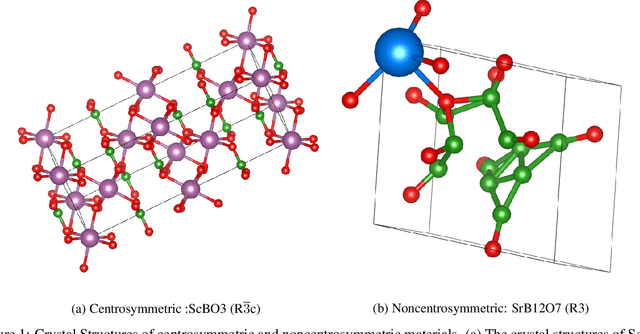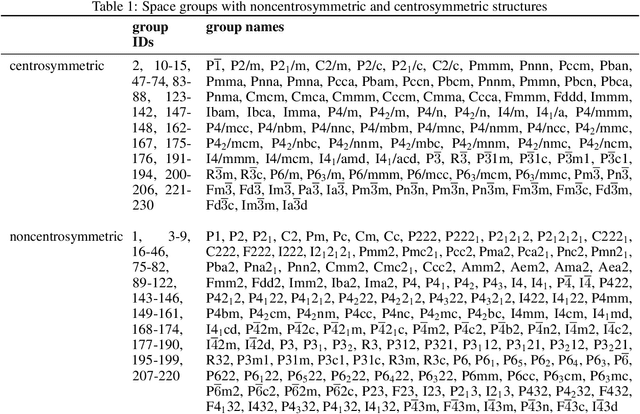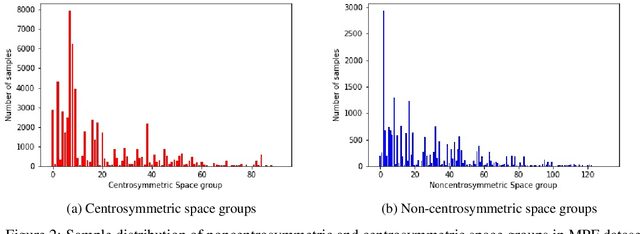Jie Ling
Joint Edge Optimization Deep Unfolding Network for Accelerated MRI Reconstruction
May 09, 2024



Abstract:Magnetic Resonance Imaging (MRI) is a widely used imaging technique, however it has the limitation of long scanning time. Though previous model-based and learning-based MRI reconstruction methods have shown promising performance, most of them have not fully utilized the edge prior of MR images, and there is still much room for improvement. In this paper, we build a joint edge optimization model that not only incorporates individual regularizers specific to both the MR image and the edges, but also enforces a co-regularizer to effectively establish a stronger correlation between them. Specifically, the edge information is defined through a non-edge probability map to guide the image reconstruction during the optimization process. Meanwhile, the regularizers pertaining to images and edges are incorporated into a deep unfolding network to automatically learn their respective inherent a-priori information.Numerical experiments, consisting of multi-coil and single-coil MRI data with different sampling schemes at a variety of sampling factors, demonstrate that the proposed method outperforms other compared methods.
Machine Learning based prediction of noncentrosymmetric crystal materials
Feb 26, 2020



Abstract:Noncentrosymmetric materials play a critical role in many important applications such as laser technology, communication systems,quantum computing, cybersecurity, and etc. However, the experimental discovery of new noncentrosymmetric materials is extremely difficult. Here we present a machine learning model that could predict whether the composition of a potential crystalline structure would be centrosymmetric or not. By evaluating a diverse set of composition features calculated using matminer featurizer package coupled with different machine learning algorithms, we find that Random Forest Classifiers give the best performance for noncentrosymmetric material prediction, reaching an accuracy of 84.8% when evaluated with 10 fold cross-validation on the dataset with 82,506 samples extracted from Materials Project. A random forest model trained with materials with only 3 elements gives even higher accuracy of 86.9%. We apply our ML model to screen potential noncentrosymmetric materials from 2,000,000 hypothetical materials generated by our inverse design engine and report the top 20 candidate noncentrosymmetric materials with 2 to 4 elements and top 20 borate candidates
 Add to Chrome
Add to Chrome Add to Firefox
Add to Firefox Add to Edge
Add to Edge